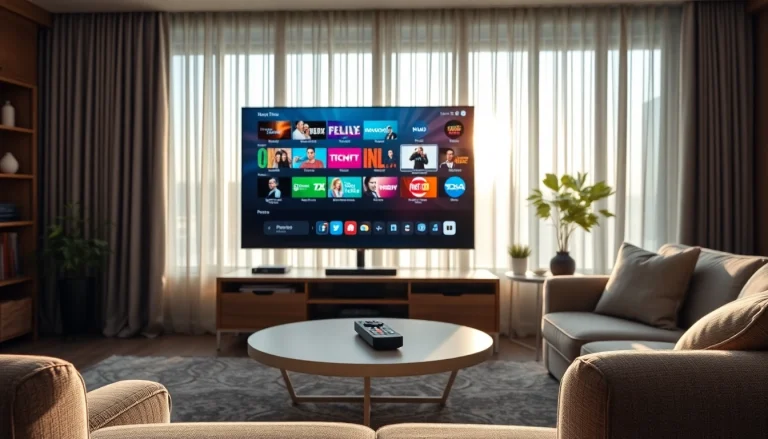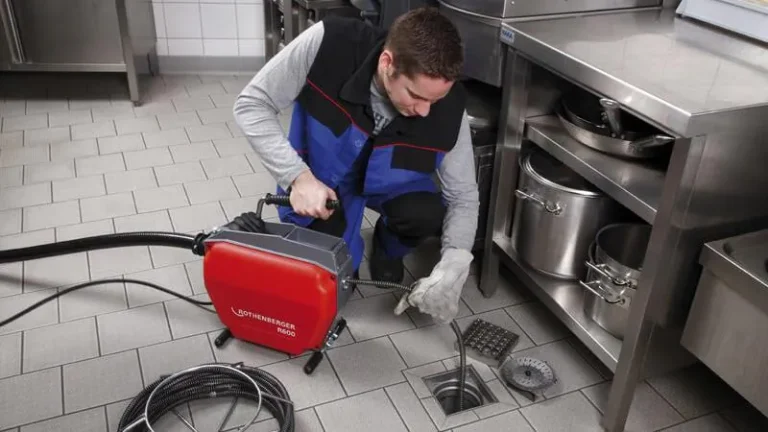
Understanding Smart Home Technology
The concept of a smart home has evolved significantly over the past decade, transforming from an ambitious dream into a practical reality for many homeowners. Smart home technology combines various interconnected devices that allow homeowners to automate tasks and control their living environments remotely or through voice commands. By integrating smart home gadgets, you can enhance convenience, security, and energy efficiency throughout your home. Exploring the best smart home gadgets is just the first step toward creating an intelligent living space that works for you.
What Are Smart Home Gadgets?
Smart home gadgets, also known as smart devices, comprise a range of electronic products designed to improve home automation and convenience. They connect to the internet or a local network and can be controlled remotely via smartphones, tablets, or voice assistants. Examples include smart speakers, smart lighting fixtures, smart thermostats, security cameras, and even kitchen appliances, all of which work seamlessly together to create an intelligent home environment.
How They Work Together
Smart devices typically use protocols such as Wi-Fi, Bluetooth, Zigbee, or Z-Wave to communicate with each other. By utilizing a central hub or smart home controller, like Amazon Alexa or Google Home, devices can interact and respond to commands. For instance, a smart security camera can notify your smartphone when it detects movement, while a smart lock can allow you to remotely grant access to guests. This interconnectedness creates a synchronized smart home system that can be customized to meet your needs.
Benefits of Smart Home Devices
The advantages of incorporating smart home gadgets into your living space extend beyond mere convenience. Some key benefits include:
- Improved Energy Efficiency: Smart thermostats can optimize your heating and cooling systems, learning your preferences to reduce energy costs.
- Enhanced Security: Smart cameras and doorbells allow for constant monitoring of your property and instant alerts in emergencies.
- Convenience: Automating daily tasks, such as adjusting lights or locking doors, saves time and effort.
- Remote Access: Control and monitor your home from practically anywhere using your smartphone or voice commands.
Best Smart Home Gadgets for Home Automation
When it comes to building your smart home, choosing the right devices is crucial. Below, we explore several categories of smart home gadgets that can enhance the automation and capability of your living space.
Smart Speakers and Assistants
Smart speakers like the Amazon Echo, Google Nest, and Apple HomePod serve as the central hub for your smart home ecosystem. They not only perform tasks like playing music and answering questions but also control other smart devices in your home through voice commands.
Smart Lighting Solutions
Smart lighting systems, such as Philips Hue or LIFX, offer customizable lighting options that can be controlled through an app or voice assistant. You can set schedules, change colors, and dim lights—all contributing to energy savings and enhancing your home ambiance.
Home Security Gadgets
Security is a fundamental concern for homeowners, and smart devices provide an effective way to enhance safety. Products like smart locks, doorbell cameras (e.g., Ring), and security systems enable you to monitor and secure your home remotely, providing peace of mind whether you’re home or away.
Choosing the Right Smart Home System
With a multitude of smart gadgets available, selecting a suitable system for your home can be overwhelming. Here are several considerations to help you navigate your options.
Compatibility with Existing Devices
Before making a purchase, ensure that your smart devices are compatible with the existing platforms and protocols in your home. Most devices operate on either Wi-Fi, Zigbee, or Z-Wave, so you need to choose products that can work seamlessly together.
Wi-Fi vs. Zigbee vs. Z-Wave
Understanding the differences between these connections can guide your choices:
- Wi-Fi: Offers high-speed connection suitable for demanding applications but requires more power and may overload your network.
- Zigbee: A low-power, low-data rate protocol that allows many devices to connect and is often used in battery-operated gadgets.
- Z-Wave: Similar to Zigbee but operates at a different frequency, making it less congested and more reliable for specific applications.
Considering Your Budget
Smart home devices range significantly in price. While some options are affordable, others may require a substantial investment. Assess your budget and prioritize essential devices first, gradually adding more functionality as your needs evolve.
Common Challenges with Smart Gadgets
Although the benefits of smart home gadgets are significant, users may encounter challenges. Understanding these can help you prepare and mitigate issues effectively.
Connectivity Issues
Connectivity problems can arise, mainly due to network strength or device incompatibility. To resolve these, ensure that your Wi-Fi network is robust and that your smart devices stay within range of the router or hub.
Privacy Concerns
As smart devices collect data to function correctly, privacy is a valid concern. Be proactive in managing permissions, understanding what data is collected, and reviewing security settings to protect your information.
Learning Curve for New Users
Adopting new technology often comes with a learning curve. Many smart devices require configuration through apps, and users may need time to familiarize themselves with their features. Taking advantage of online tutorials and user forums can significantly ease this transition.
Future Trends in Smart Home Technology
The world of smart home technology is evolving rapidly. Here’s what to expect in the near future.
Integration with AI and Machine Learning
Many smart gadgets are beginning to leverage artificial intelligence (AI) and machine learning to enhance user experience. For instance, devices can learn patterns over time—optimizing efficiency and personalizing settings to user preferences.
Eco-Friendly Smart Gadgets
As environmental awareness grows, smart home solutions are increasingly designed to be eco-friendly. Energy-efficient bulbs, smart thermostats with energy monitoring capabilities, and automated watering systems for gardens represent a shift toward sustainability.
The Rise of DIY Smart Home Solutions
With advancements in technology, DIY smart home solutions are becoming more accessible. Many companies now offer kits and modules that allow users to create personalized smart home systems tailored to their specific needs.






